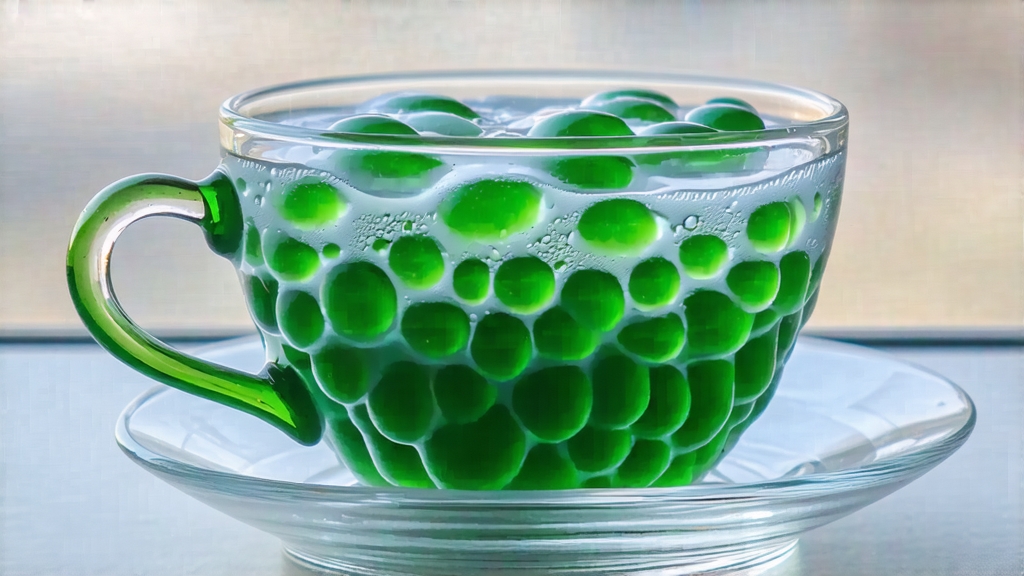
Biluochun, whose name translates literally to “Green Snail Spring,” is one of China’s ten most celebrated teas, yet it remains a delicate secret outside serious tea circles. Grown in the mist-locked hills that rim eastern Taihu Lake in Jiangsu Province, this emerald-green tea is distinguished by its tiny, tightly spiraled leaves, white downy tips, and an aroma so fragrant that, according to Qing-dynasty legend, a passing nun once asked whether the scent was “spring itself compressed into a cup.” The story may be apocryphal, but the sensory shock is real: when hot water meets the leaf, the room fills with the perfume of mountain orchards—white peach, apricot blossom, and a trace of aquatic sweetness drawn from the lake’s perpetual haze.
Historical records first name the tea during the late Ming dynasty, around 1630, when it was marketed under the humbler moniker “Xia Sha Ren Xiang”—literally “Scary-fragrant,” because pickers feared the smell would betray their secret gardens to tax collectors. The Kangxi Emperor, touring the region in 1699, found the name inelegant and rechristened it Biluochun, referencing both the snail-like curl and the season of earliest harvest. Court annals note that the imperial caravan carried thirty small crocks of the tea back to Beijing, each sealed with yellow silk and stored in the Spring-fragrance Pavilion, establishing the tea’s aristocratic reputation overnight.
Unlike many Chinese greens that now sprawl across several provinces, authentic Biluochun remains stubbornly terroir-driven. The Chinese government has drawn a protective polygon of only 110 square kilometers around Dongting Mountain, an island of volcanic rock in Taihu Lake, within which the leaf may legally bear the name. Two micro-cultivars dominate: “Dongting Small-leaf” and “Fuding Big-white,” the former prized for its mineral bite, the latter for its nectar-like softness. Growers plant the bushes among fruit trees—peach, plum, loquat—so that the roots share the same mycorrhizal networks, allowing subtle fruit esters to migrate into the leaf. The lake itself acts as a giant reflector, bouncing cool morning light back onto the bushes and slowing photosynthesis; the result is a higher ratio of amino acids to catechins, translating into sweetness rather than astringency.
Harvest begins each year on the first day of the spring insect awakening, usually around March 20, when two leaves and a bud reach exactly 1.8 centimeters—no longer, or the spiral will loosen. Pickers work in pairs, one clipping, one catching the falling shoot in a bamboo tray lined with white cloth to prevent bruising. By regulation plucking must finish before 10 a.m., while dew still glistens, because surface moisture acts as a natural antioxident buffer, keeping the leaf grassy-green during the next, furious step: pan-firing.
Traditional craft divides into nine hand movements—shake, grab, rub, roll, fling, press, flick, toss, and smooth—performed on a cast-iron wok heated to 190 °C within a pine-wood stove. The tea master’s palm becomes the thermometer; when the leaf temperature nears 70 °C, he lifts the batch, fans it in mid-air for three seconds to arrest roasting, then returns it to the wok. Ten minutes later the leaf has lost 40 % of its weight and curled into the signature spiral, each coil locking in volatile aromatics. A second, gentler firing at 60 °C follows, reducing moisture to 6 % while caramelizing surface sugars just enough to add a whisper of popcorn. The entire process, from mountain to finished tea, must finish before sunset; otherwise, say the masters, “the moonlight steals the soul.”
To brew Biluochun abroad, one must first forgive the leaf for looking almost too pretty to disturb. Use a tall, clear glass of 200 ml capacity; the transparency allows you to watch the spirals unfurl like green paper lanterns. Water should be 75 °C—cooler than most greens—because the high bud-to-leaf ratio scalds easily. Pour 60 ml along the glass wall, add 3 g of tea, then swirl gently so that every strand is wetted. Top up to the full volume after thirty seconds. The first infusion, pale chartreuse with silver motes of down, delivers a top note of fresh lychee and a finish reminiscent of steamed edamame. Subsequent st